¿Quieres estar al día de nuestras novedades?
Suscríbete a nuestro boletín
Inicio » Sustainable Composites 4.0 » Formulation
Composites consist of an organic matrix and a fibre reinforcement. The formulation of the organic matrix is key to determining its properties. We prepare the formulation based on thermosetting resins, incorporating additives, fillers and catalytic systems for use in the different thermosetting composite transformation processes.
Once the matrix formulation has been prepared, the fibres are incorporated. Through different transformation processes.
Other related activities include:
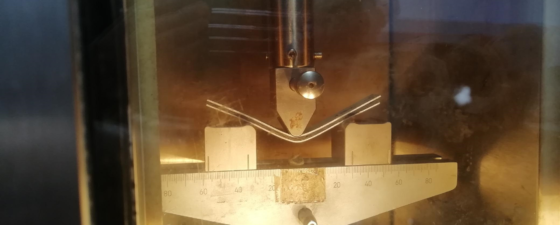
Este proyecto tiene como objetivo desarrollar materiales ligeros basados en FML de aluminio y composite, para superar las exigentes normativas de comportamiento al fuego, desarrollándose preimpregnados ignífugos.



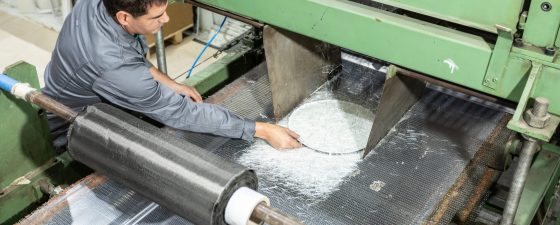
En este proyecto GAIKER ha investigado en la obtención de formulaciones ignifugadas de base epoxi reciclables, procesables mediante la tecnología de SMC, que cumplieran con los requisitos de comportamiento al fuego exigibles al vehículo eléctrico (más exigentes que las demandadas al vehículo convencional) y con buenas propiedades de aislamiento acústico.
Subvencionado por el Gobierno Vasco

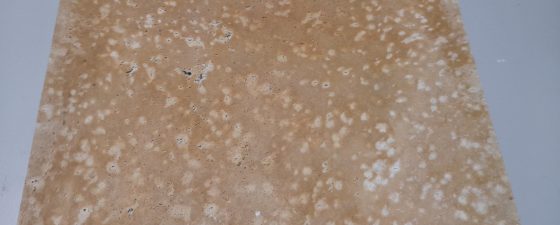
El objetivo principal del proyecto es desarrollar un sistema pasivo-activo altamente sostenible para la rehabilitación energética de la envolvente de los edificios por su interior. La investigación de GAIKER se ha centrado en el desarrollo y caracterización de nuevos paneles de aislamiento al vacío (vacuum insulation panels – VIP’s) más económicos y robustos.
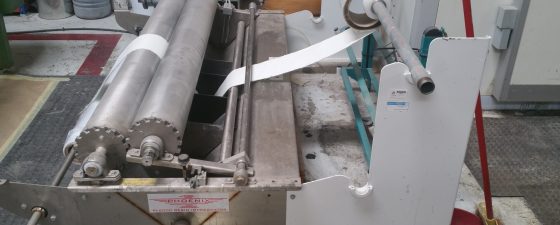
El objetivo principal del proyecto es desarrollar materiales composites resistentes al fuego basados en resinas fenólicas y furánicas para la fabricación de tapas y cajas de baterías ligeras para vehículo eléctrico de pequeño tamaño.
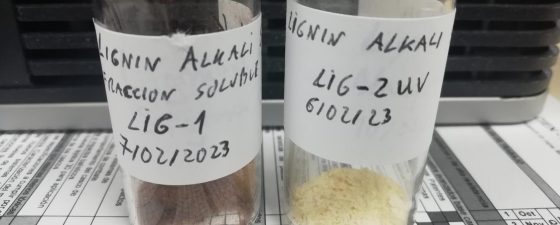
En este proyecto GAIKER trabaja en el estudio de la degradación y la detección temprana de la degradación de superficies composite.
Subvencionado por el Gobierno Vasco


Sustainable Composites & Functional Polymers Market Manager
Suscríbete a nuestro boletín